Last updated on 2025-05-26
A review and photo examples of the Elmarit-M 28mm F2.8 (third generation).
Table of contents
Gallery
- Sample photos taken with the LEICA M9 and LEICA M6 +Fuji100
Review

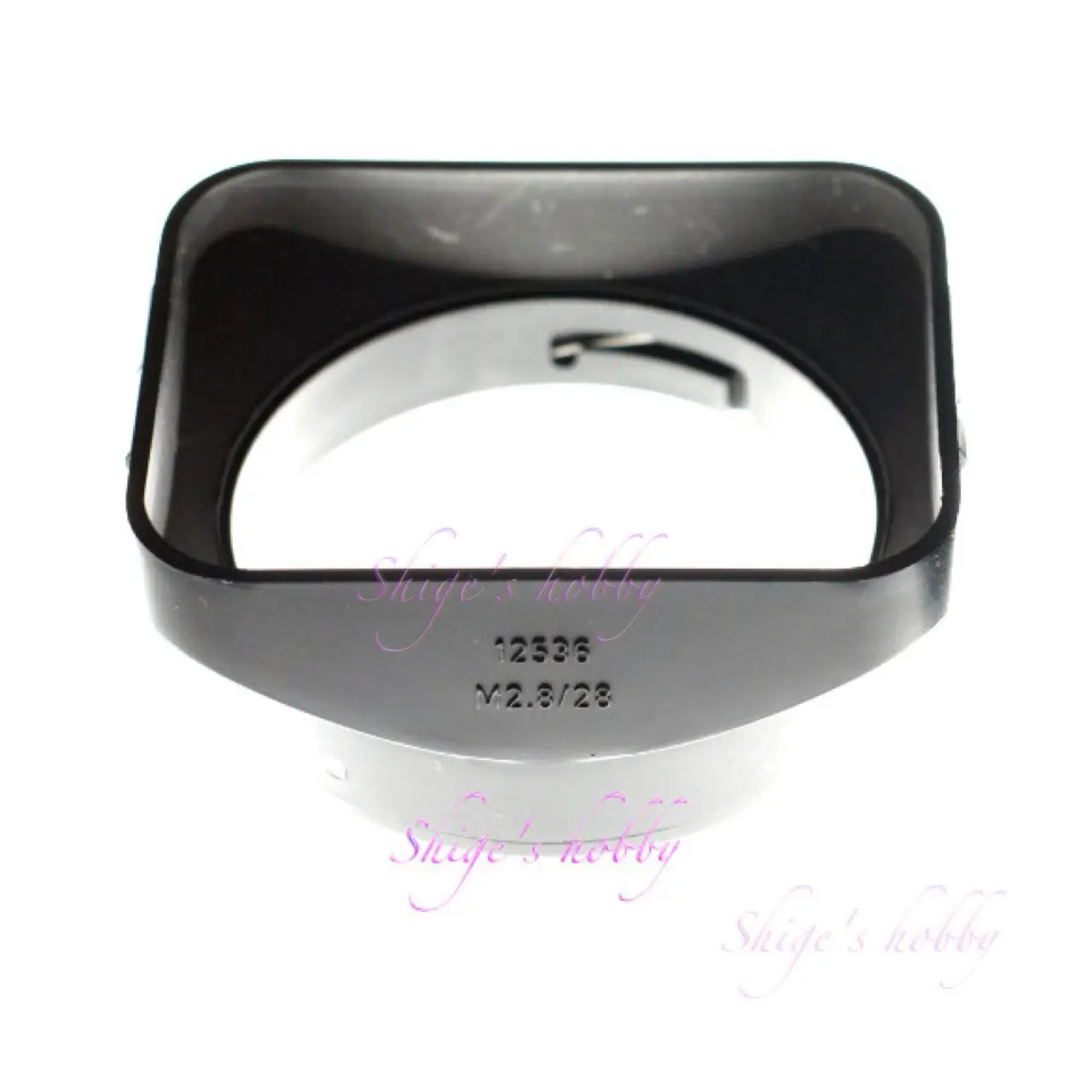
1.Overview
The third-generation Elmarit M was a wide-angle lens for the Leica M mount released in 1979.
Approximately 17,000 were manufactured over the 12 years from its release until its discontinuation in 1991.
The nominal lens configuration is 8 elements in 6 groups, the same as the second-generation Elmarit. However, the actual arrangement is different, with the third-generation having a thick lens in the rear group.
The filter diameter is E49 (49mm), a common filter diameter.
The third-generation Elmarit comes in two types: an early model with a tapered lens barrel and a later model with a straight lens barrel. The lens barrel is different, but the lens configuration is the same, and the early and later models use the same lens hood, model number 12536.
The lens mount is a standard screw-on type and can be modified to add a 6-bit code for Leica M lens recognition.
2.Usability
The third-generation Elmarit has a slightly looser resolution when the aperture is open, but the resolution improves when the aperture is narrowed.
Perhaps because it was produced in large quantities, it is less popular than the first and second-generation models and is generally cheaper.
The lens I owned was an early model with a narrow barrel and a plate-shaped finger grip on the focus ring that was not split into two. A German camera mail-order store described this plate-shaped finger grip as the “Tiger Claw version.”
Lenses with Tiger Claws include the SUMMICRON-M 50mm (second generation) and SUMMICRON-M 35mm (7-element lens) from the same period. You will occasionally see them when looking at used lenses.
Tiger Claws can be priced higher than the regular third-generation Elmarit. The lens structure is the same, so unless it is in good condition, it is more expensive than the average used price and not worth buying.
I have fond memories of taking pictures of the cityscape of Bangkok, Thailand, with the ease of getting it at a reasonable price.
3.Summary
In conclusion, to sum up the third-generation Elmarit-M 28mm, the wide-open aperture has a slightly loose resolution similar to the first-generation Elmarit, but it has its own unique character, so it’s best to test it out before considering purchasing it.
For a Leica M-mount 28mm lens, it’s a large, imposing lens, and suits larger cameras such as the M5.
Specification and Competitor
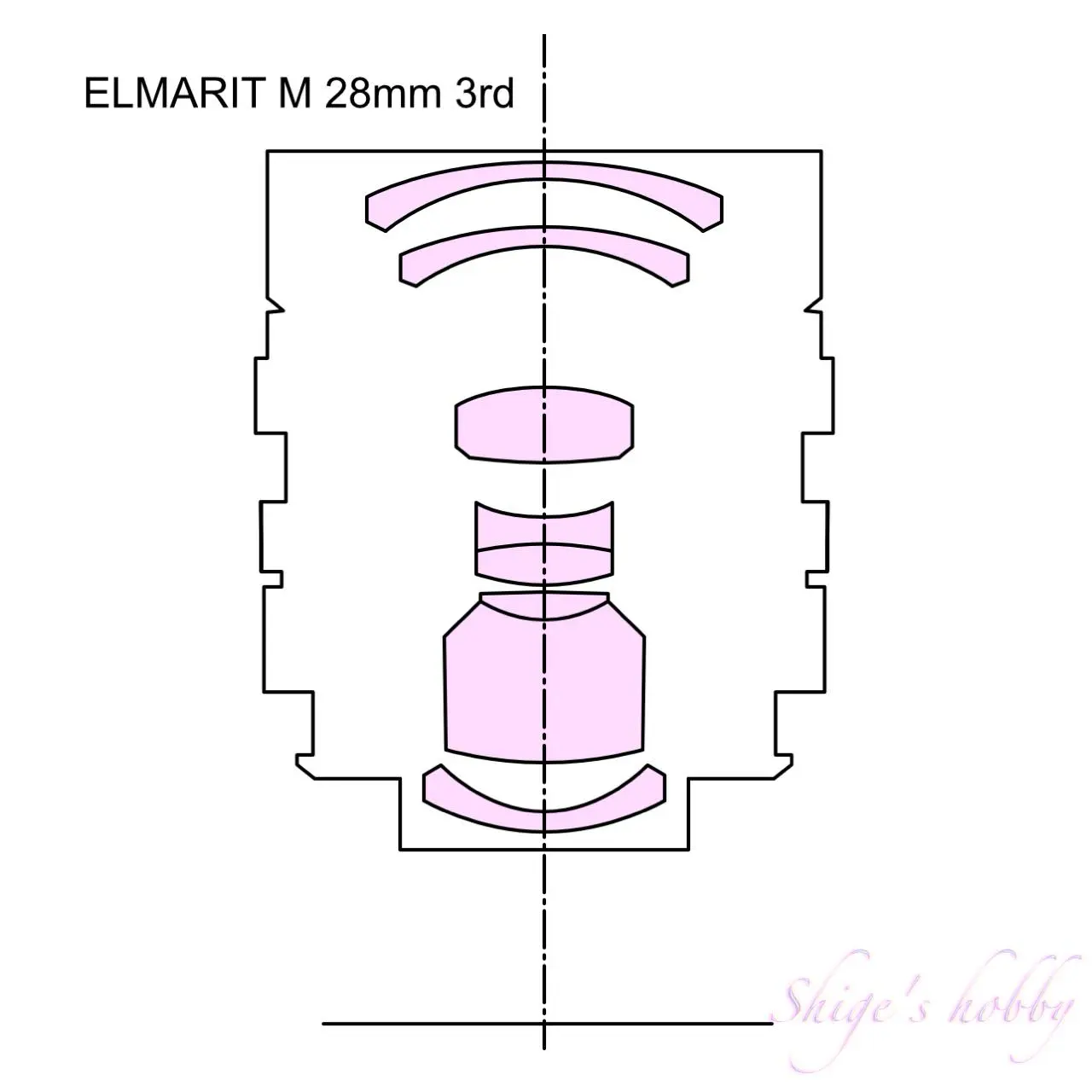
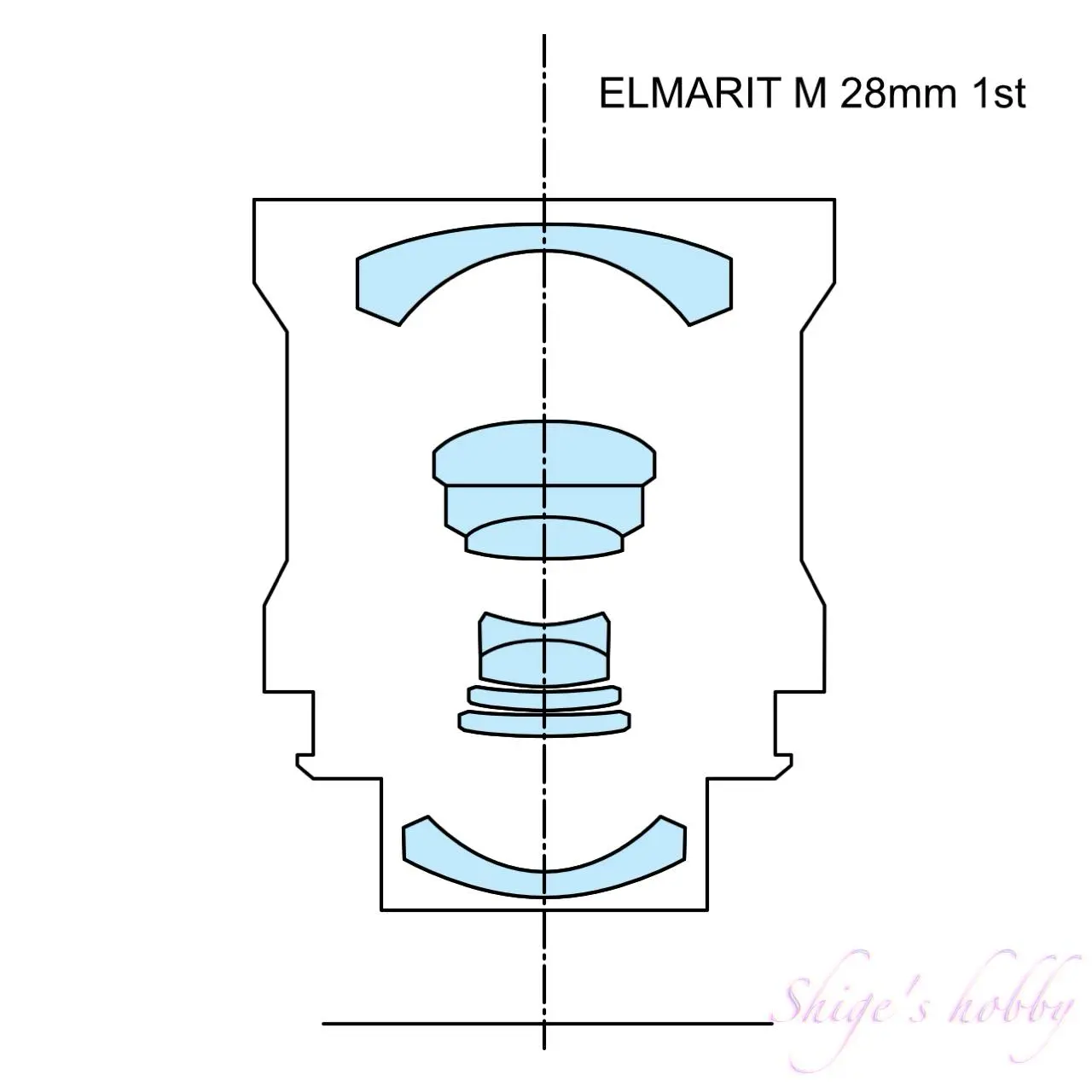
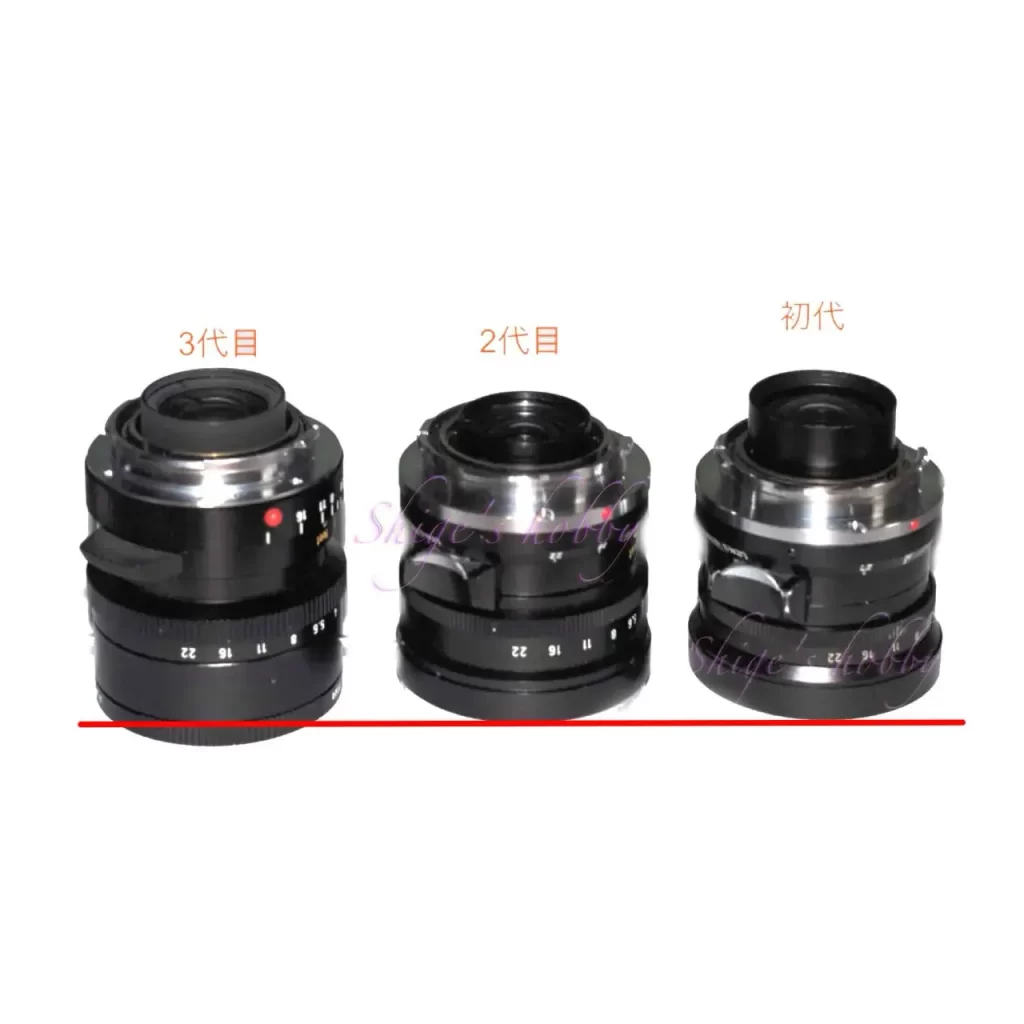
28mm is a focal length with many competitors, with seven Leica M-mount lenses and around 30 lenses for rangefinder cameras, making it one of the more difficult focal lengths to choose from. All lenses produce images that exceed a certain level, so you just have to choose the lens you like.
Compared to the first and second generation, the lens barrel seems to have steadily reduced in cost, which is probably one of the reasons for its unpopularity. If you’re looking for something compact, we recommend the fifth generation aspherical Elmarit.
| Items | ELMARIT 1st | 2nd | 3rd |
| Focal length(mm) | 28 | 28 | 28 |
| Max aperture | 2.8 | 2.8 | 2.8 |
| Min aperture | 22 | 22 | 22 |
| Lens Construction | 8 | 8 | 8 |
| Aperture blade | 9 elements in 6 groups | 8 elements in 6 groups | 8 elements in 6 groups |
| Min distance(m) | 0.7 | 0.7 | 0.7 |
| Lens length(mm) | 42 | 45 | 48 |
| Max diameter(mm) | 52.5 | 52.5 | 52.5 |
| Filter Size(mm) | 48 シリーズ7 | 48 | 49 |
| Lens hood | Square hook type hood 12501 | Square hook type hood 12501 | Square pinned hood 12536 |
| Lens mount | LEICA M | LEICA M | LEICA M |
| Weight(g) | 242 | – | – |
| Release date | 1964-1966 | 1969-1978 | 1979-1991 |
| Production numbers | 3,200 | 7,050 | 17,115 |
Reference links
- Description page of ELMARIT-M 2.8/28-3rd by LEICA Wiki
- Introduction page for the 1st generation ELMARIT-M 2.8/28 (link in Shige’s hobby)
- Introduction page for the 2nd generation ELMARIT-M 2.8/28 (link in Shige’s hobby)
- Introduction page for the 5th generation ELMARIT-M 2.8/28 ASPH. (link in Shige’s hobby)
Update
- 2025.4.23
- 2024.9.11
- 2024.03.10
- 2022.0503
Affiliate links
- Please see the disclaimer regarding advertising here.
- Italicized links in the text are advertisement links that take you to other sites.
- Amazon Affiliate Link Leica Lens
- Amazon Affiliate Link Leica Books
- Amazon Affiliate Link / Classic Camera Specialty


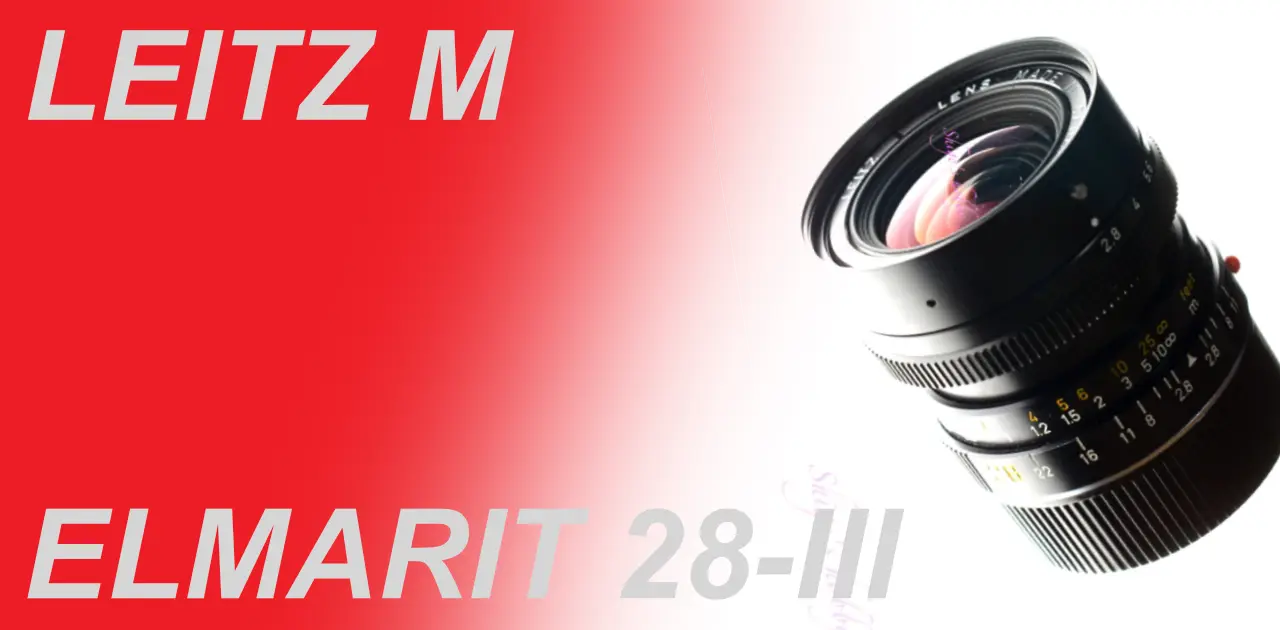

Be First to Comment